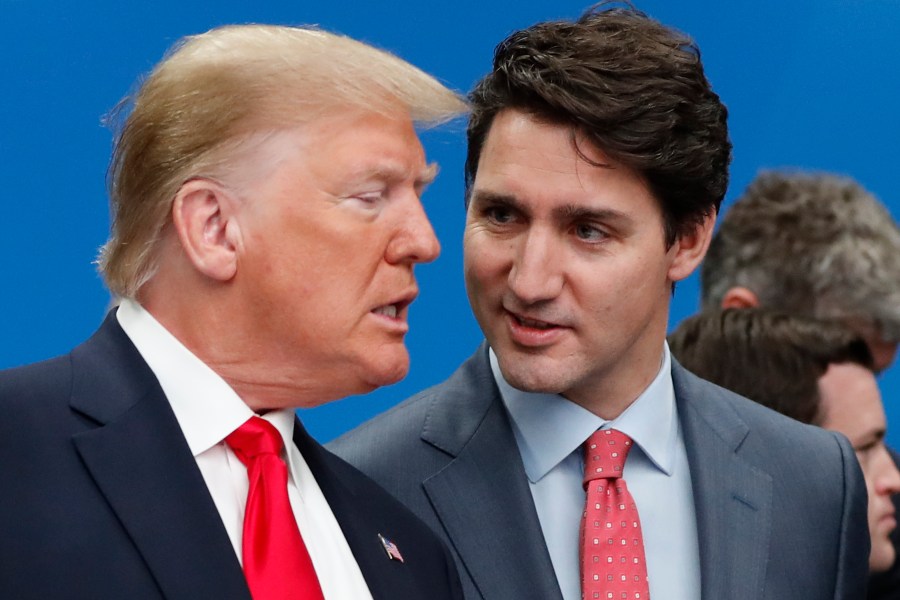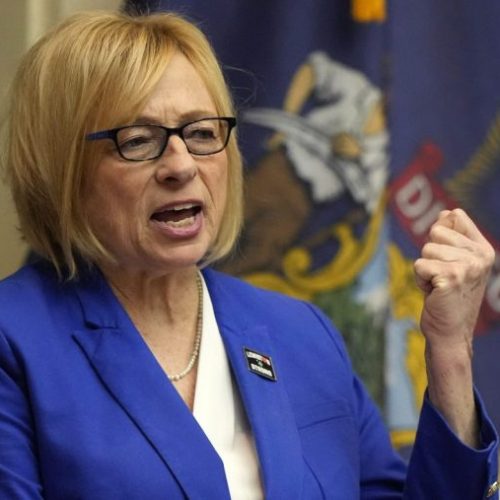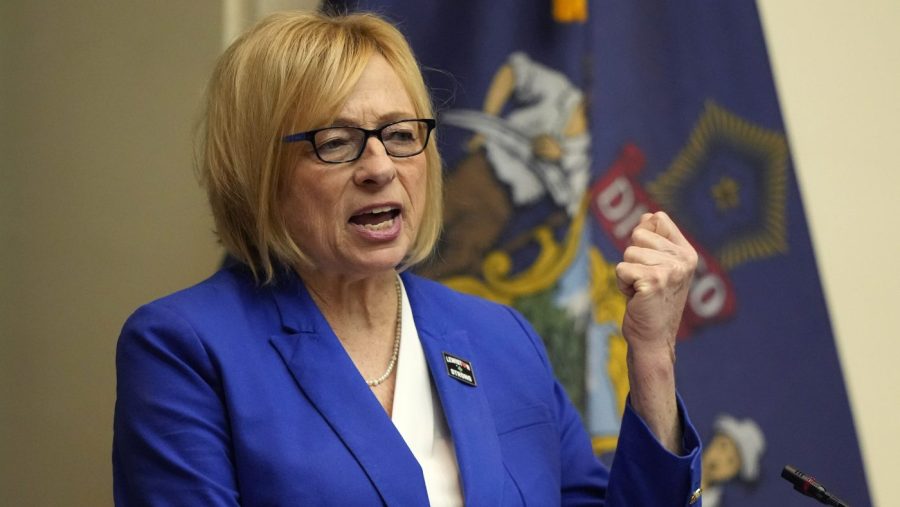body {
font-size: 16px;
}
U.S. Tariffs on Canadian Imports Paused as Border Security Deal Reached
Prime Minister Justin Trudeau announced that the United States has agreed to pause the implementation of tariffs on Canadian imports for at least 30 days following a new border security agreement between the two countries.
Key Points:
Tariffs were set to take effect on February 4, 2025. Canada agreed to strengthen border security measures. The 30-day pause allows for further negotiations.
The Background:
U.S. President Donald Trump had threatened to impose a 25% tariff on Canadian exports to the United States and 10% on Canadian energy, citing concerns over border security and illegal drug trafficking. This move was part of a broader tariff plan that also targeted Mexico and China.
The Deal:
In response to U.S. concerns, Canada has committed to reinforcing its border with new resources:
Additional helicopters and technology. Increased personnel. Enhanced coordination with U.S. partners. More resources to combat fentanyl trafficking.
Trudeau also announced plans to:
Appoint a ‘fentanyl czar’. List cartels as terrorists. Ensure “24/7 eyes on the border”. Launch a joint strike force with the U.S. to combat organized crime, fentanyl trafficking, and money laundering.
Why It’s Important:
The tariff threat had raised concerns about potential economic impacts on both countries. The pause provides an opportunity for further dialogue and negotiation, potentially averting a trade conflict between the close allies and trading partners.
U.S. Perspective:
The Trump administration has framed the tariff threat as a measure to address border security concerns rather than a trade issue. Howard Lutnick, Trump’s nominee for commerce secretary, stated that the tariffs were meant to “create action” from Canada and Mexico on border security.
Canadian Response:
Canada had been preparing retaliatory tariffs and considering legal action under international trade agreements. The Trudeau government has been actively engaging with U.S. officials and lawmakers to address concerns and avoid the implementation of tariffs.
Broader Context:
This development comes amidst ongoing trade tensions between the U.S. and several countries, including China. The threat of tariffs on Canada and Mexico represents a significant shift in North American trade relations, which had been stabilized by the United States-Mexico-Canada Agreement (USMCA) signed in 2020.
Economic Implications:
Economists had warned that the proposed tariffs could slow global growth and increase prices for U.S. consumers. The pause provides temporary relief for businesses and consumers on both sides of the border who would have been affected by the tariffs.
Next Steps:
Both countries will use the 30-day pause to engage in further negotiations. The effectiveness of Canada’s new border security measures and the outcome of these talks will likely determine whether the tariffs are permanently avoided or merely delayed. This situation remains fluid, and developments may occur rapidly. Stakeholders on both sides of the border will be closely watching for any updates or changes to the agreement in the coming weeks.









